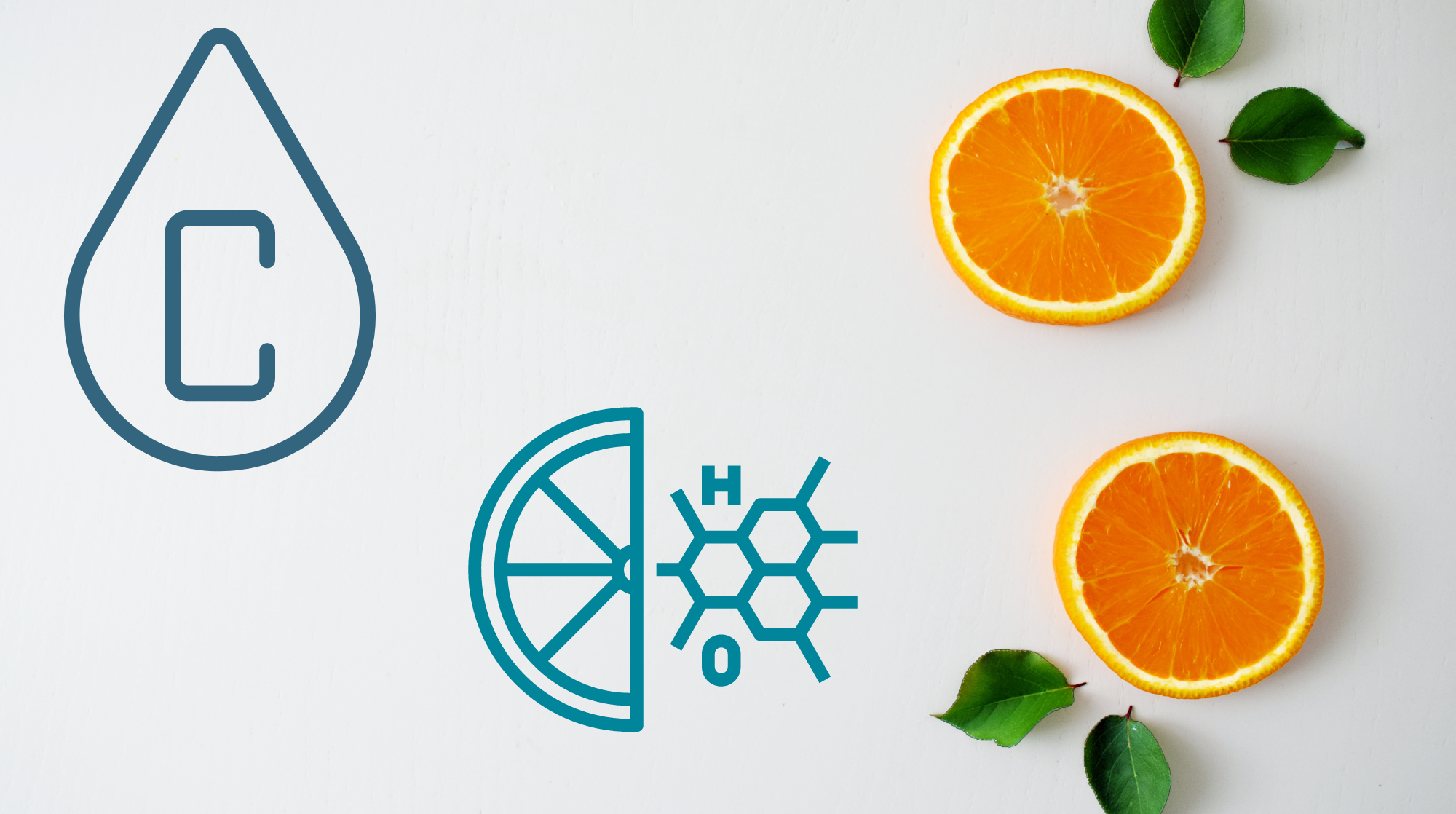Will an Infection Make Your Scar Worse?

Scars are the end result of wound healing, a normal biological process in the human body. This process is very complex and involves four highly programmed phases: hemostasis, inflammation, proliferation, and remodeling. Many factors can interfere with one or more of these phases, which can lead to improper wound healing and thus poor scar outcomes. The article Factors Affecting Wound Healing discusses over ten different factors that can have a negative impact on wound healing. These factors include oxygenation, infection, age and sex hormones, stress, diabetes, obesity, medications, alcoholism, smoking, and nutrition. In this post, we are discussing just one of these factors: wound infections. Keep reading below to learn why infections lead to poor scar outcomes and how to reduce your risk.
HOW A WOUND BECOMES INFECTED
Did you know that there are around 1,000 different species of bacteria that live upon human skin? Known as the skin flora, these bacteria are not harmful and many of them are actually beneficial. The benefits bacteria can offer include preventing harmful organisms from colonizing the skin surface, either by competing for nutrients, secreting chemicals against them, or stimulating the skin's immune system. Despite these benefits, the good skin bacteria are best left on the skin’s surface and problems can arise when they enter the body, such as through a cut in the skin.
Our skin is the first line of defense against harmful bacteria and other microorganisms; it creates a physical barrier that prevents unwanted entry. However, when the skin is cut or burned that barrier is destroyed, allowing microorganisms from the surface of the skin as well as from the environment to enter the underlying tissues. However, this does not necessarily mean that the wound will become infected. Rather, the wound can be classified as exhibiting one of the following:
- Contamination: The presence of non-replicating organisms on a wound
- Colonization: The presence of replicating micro-organisms on the wound without tissue damage
- Local infection/critical colonization: An intermediate stage with microorganism replication and the beginning of local tissue responses
- Invasive infection: The presence of replicating organisms within a wound with subsequent host injury
WHAT HAPPENS DURING INFECTION
When microorganisms enter a wound in the skin and begin to replicate, many different cells and mediators are activated, which begins the local tissue response. If this occurs during the inflammation phase, the initial stage of healing, the wound is unable to move forward in the healing process. This is because the microorganisms that have taken over the wound site compete with cells known as fibroblasts for nutrients and other resources. Fibroblasts are critical in supporting normal wound healing. According to the Journal of Wound Care, they are involved in key processes such as breaking down the fibrin clot, creating new extracellular matrix (ECM) and collagen structures to support the other cells associated with effective wound healing, as well as contracting the wound. If microorganisms from the infections impair the functions of fibroblasts, the wound can become larger and have a harder time recovering.
Research has confirmed that wound infections lead to poor scar outcomes. According to a publication in the Journal of Cutaneous and Aesthetic Surgery, bacterial infections can induce excessive collagen production in scar tissue. While collagen is necessary in order for wounds to heal properly, too much collagen can lead to scars that are raised and discolored. These scars can be classified as either hypertrophic scars or keloids. Both of these scars are formed due to an overactive immune response during wound healing that leads to the production of excess collagen. Hypertrophic scars develop within the boundary of the original wound and may regress in time whereas keloids extend beyond the wound boundary and can continue to grow indefinitely if left untreated.
HOW TO PREVENT INFECTION
In order to prevent wound infections that can lead to poor scar outcomes it’s imperative to keep your wound clean and dry. Before contacting your wound, ensure that you follow good hand-washing techniques by using an antimicrobial soap and warm water. Clean your wound in a similar manner, with warm water and antimicrobial soap, then pat dry with a clean towel.
Once the wound is closed (typically 10 to 14 days after the injury) clinical studies have shown that silicone gel and sheeting are considered the first-line therapy to manage and minimize scarring. In fact, they are the only topical treatments recommended by the scar experts who create scar treatment guidelines for other doctors. The use of topical silicone gel or silicone gel sheeting can protect the scarred tissue from bacterial invasion by providing an occlusive barrier. This barrier also helps to keep the affected area hydrated and provides a continuous light pressure that helps the scar to stay flat, soft and less red.
Now that you know why infections lead to poor scar outcomes, we recommend using one of the many NewGel+ silicone gel products once your wound has fully healed, with no bleeding, scabbing, or oozing. Click here to shop the wide variety of silicone gel strips, sheets, shapes, and two tube sizes of topical silicone gel. No matter what type of scar you have, NewGel+ has the perfect product for you!




Comments
Harmony Young —
I wish I had read this before my wound got infected. I bought scar cream from another brand and I’m convinced it contributed to the infection. Proper wound care is very important. My doctor recommended NewGel Plus, so as soon as my wound begins to heal, I will purchase NewGel+ UV to hopefully remove or minimize scarring. I have 2 inch wound on my scalp that’s been stapled shut. Can someone confirm that I can apply Newgel on my face (2 inches above my left eye)?